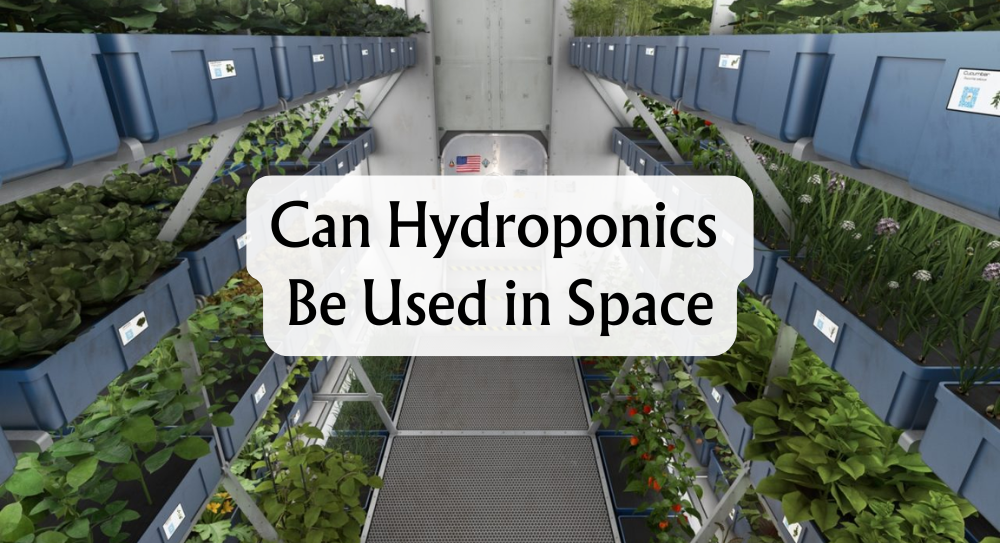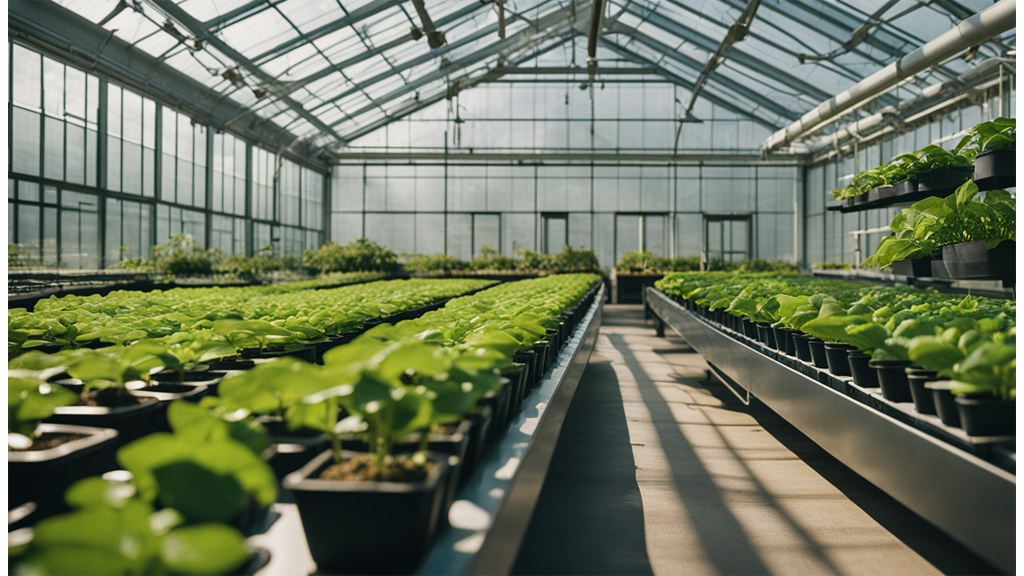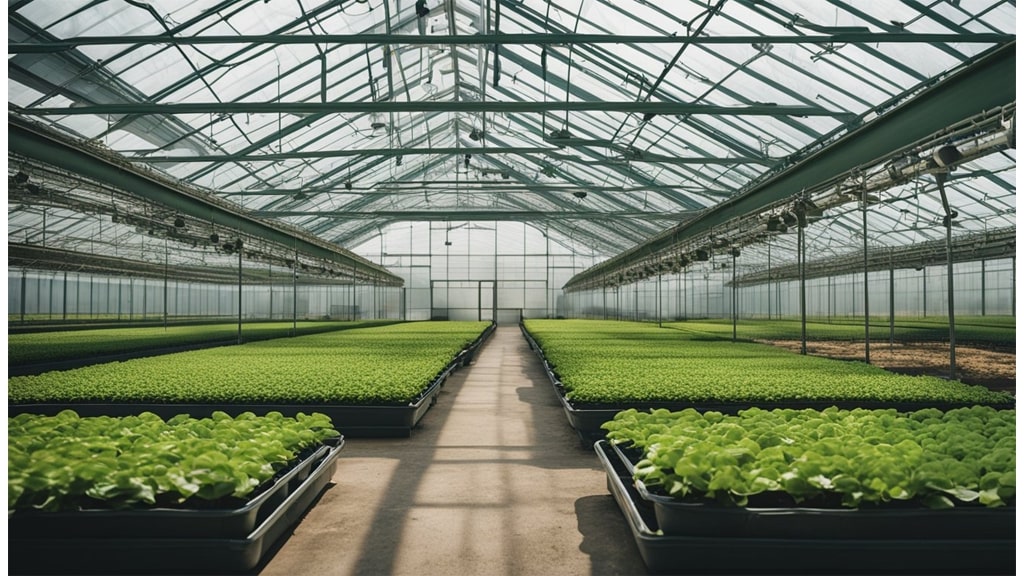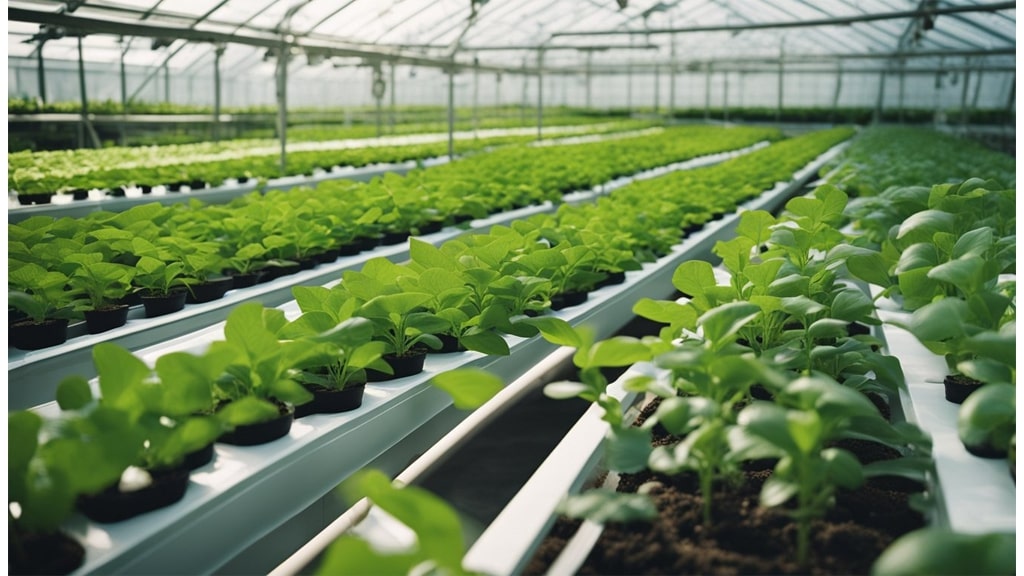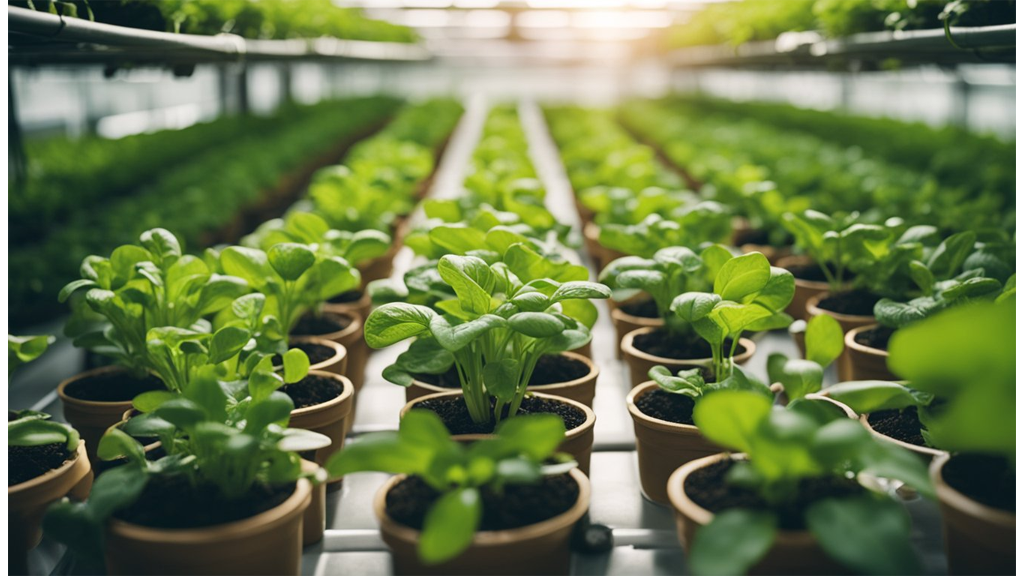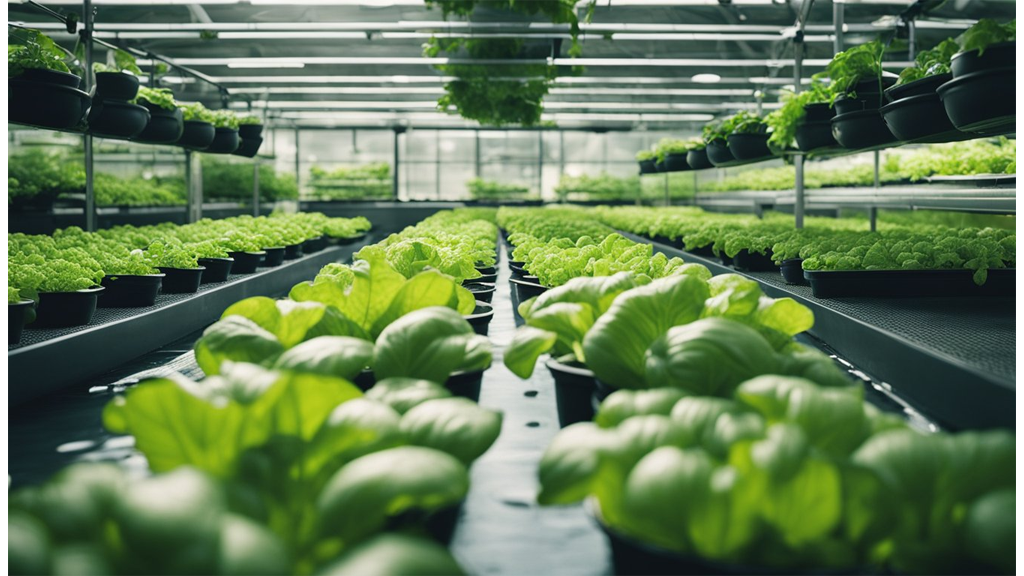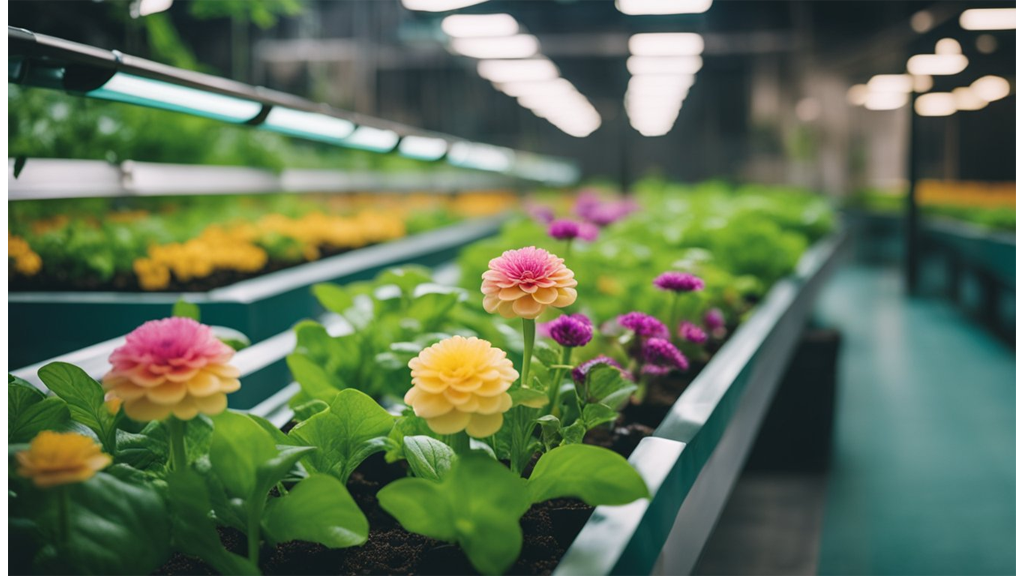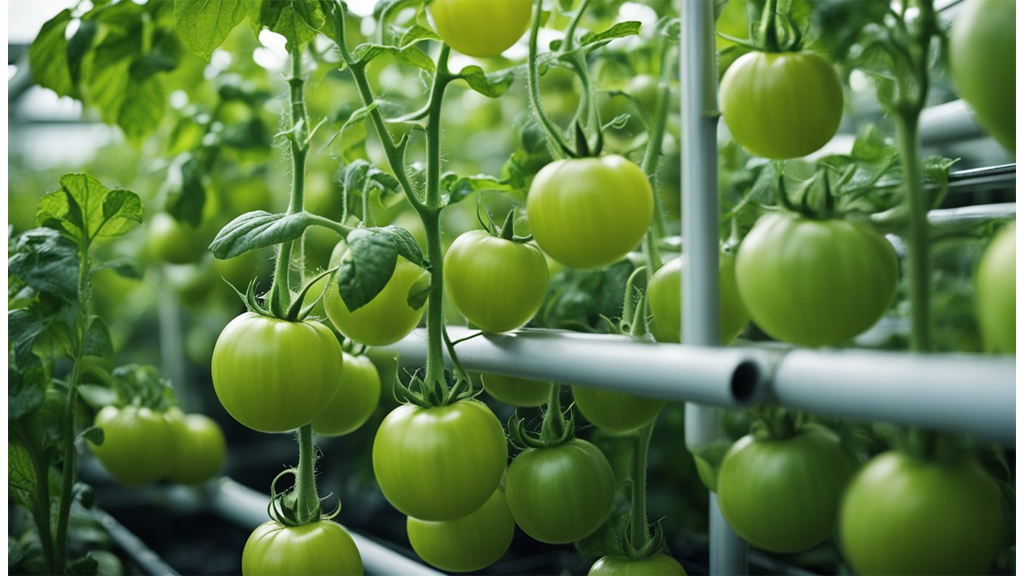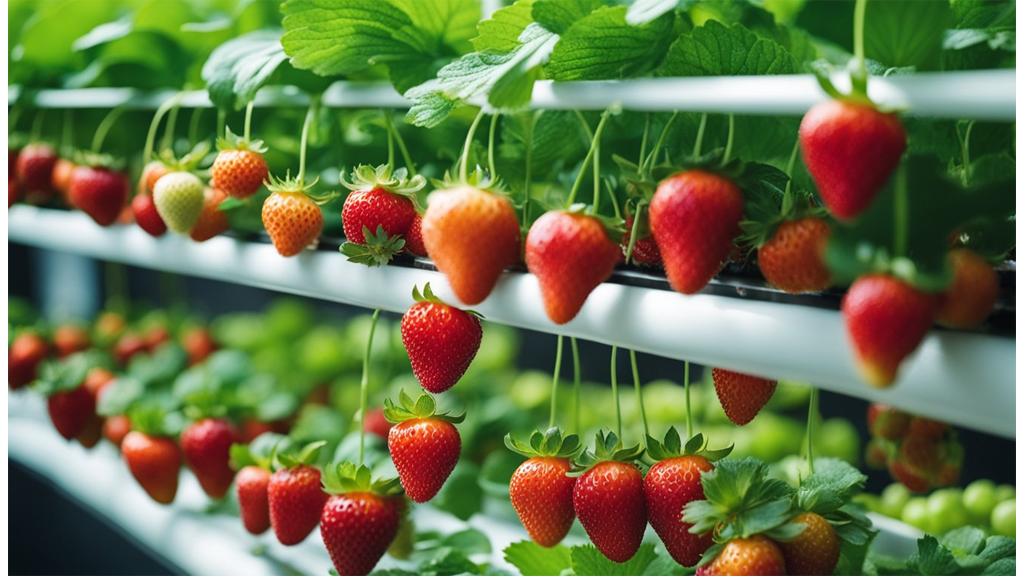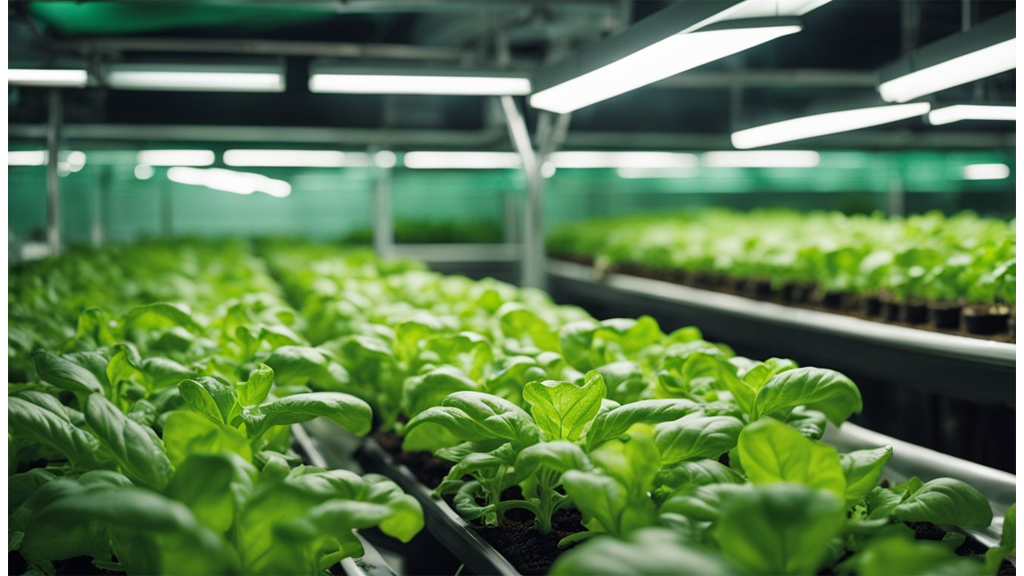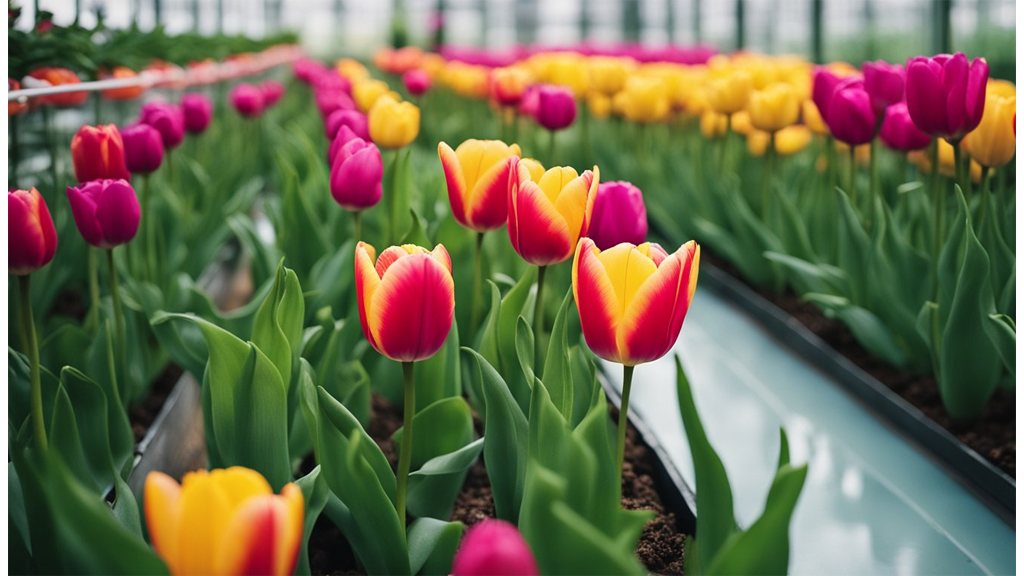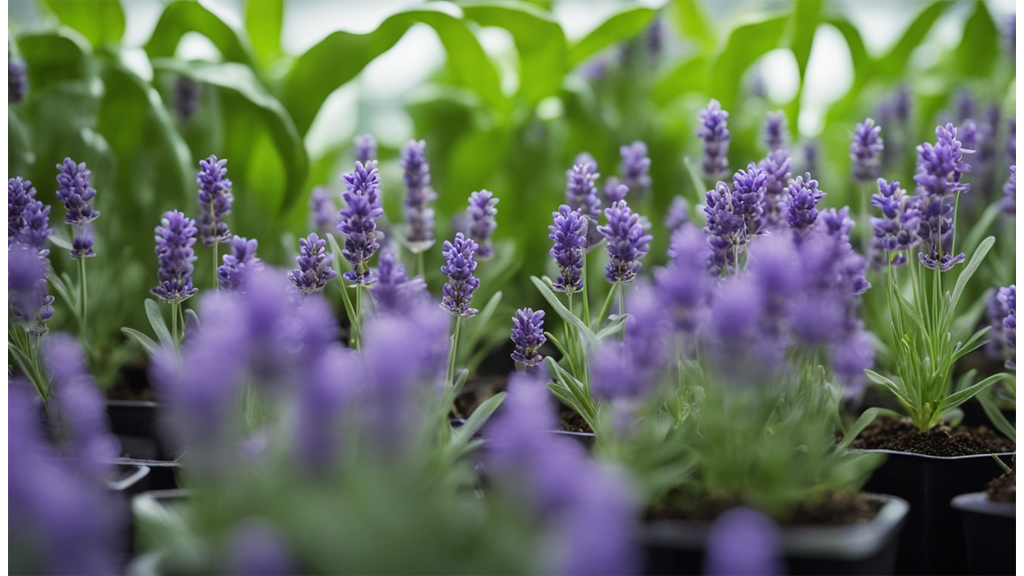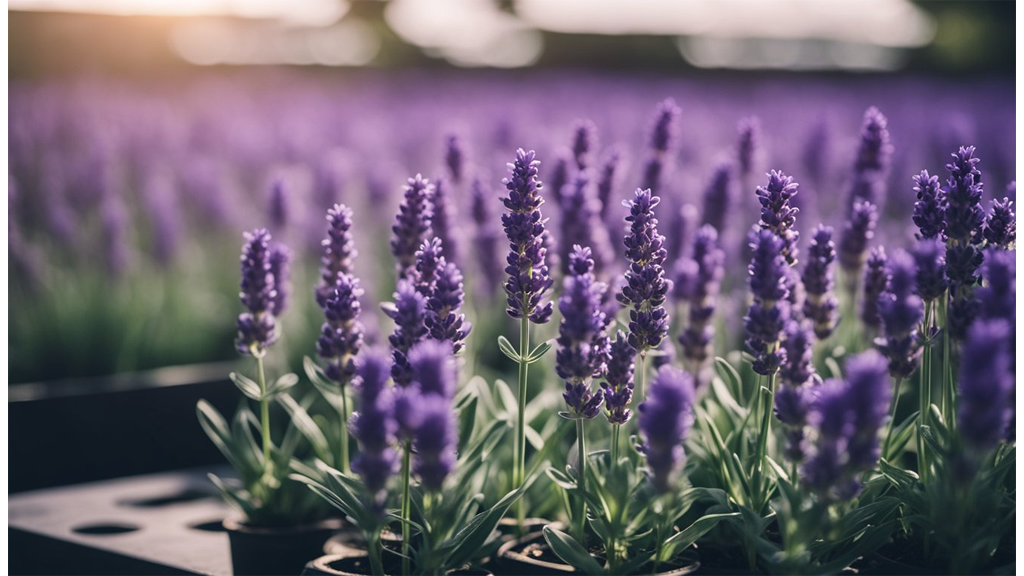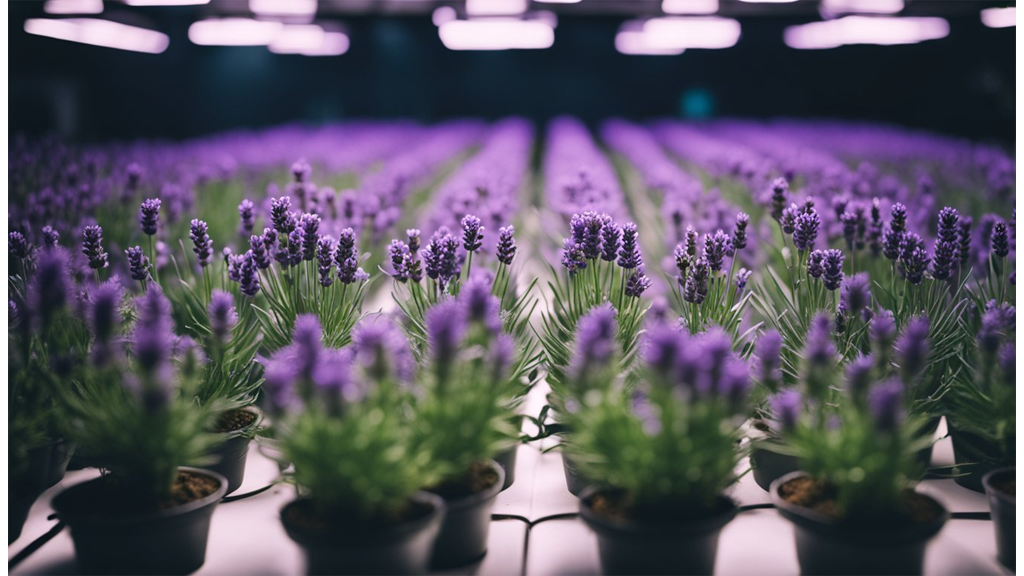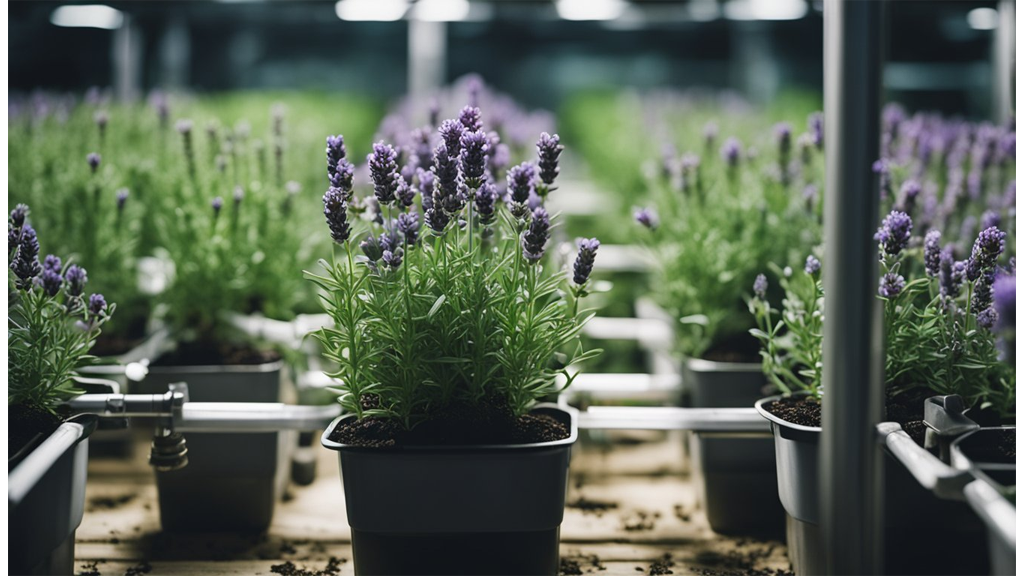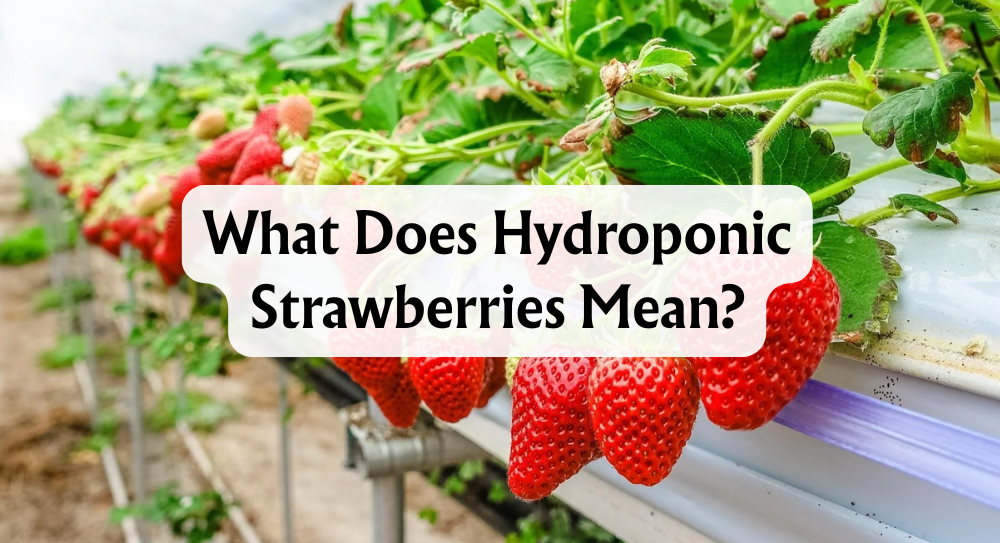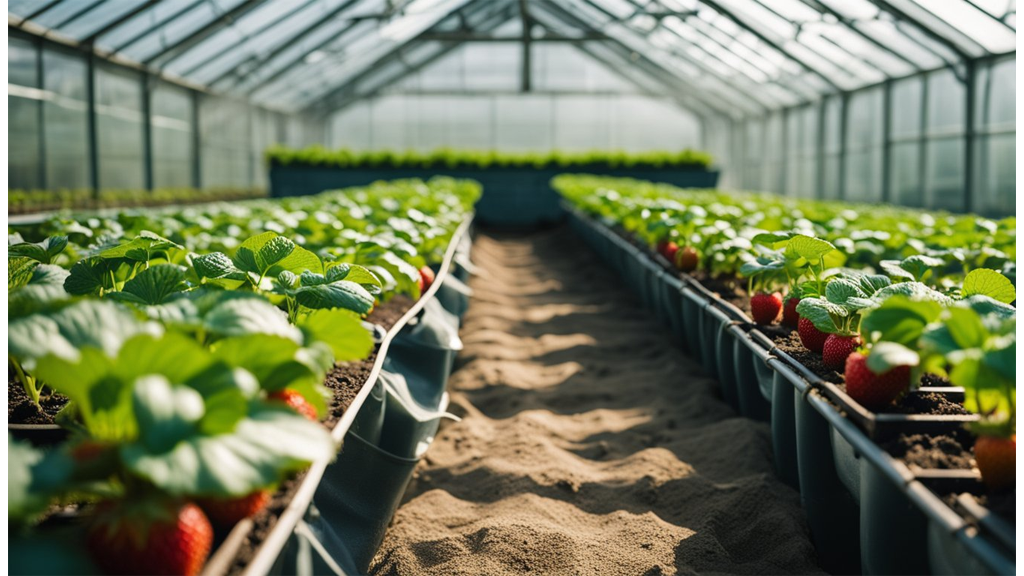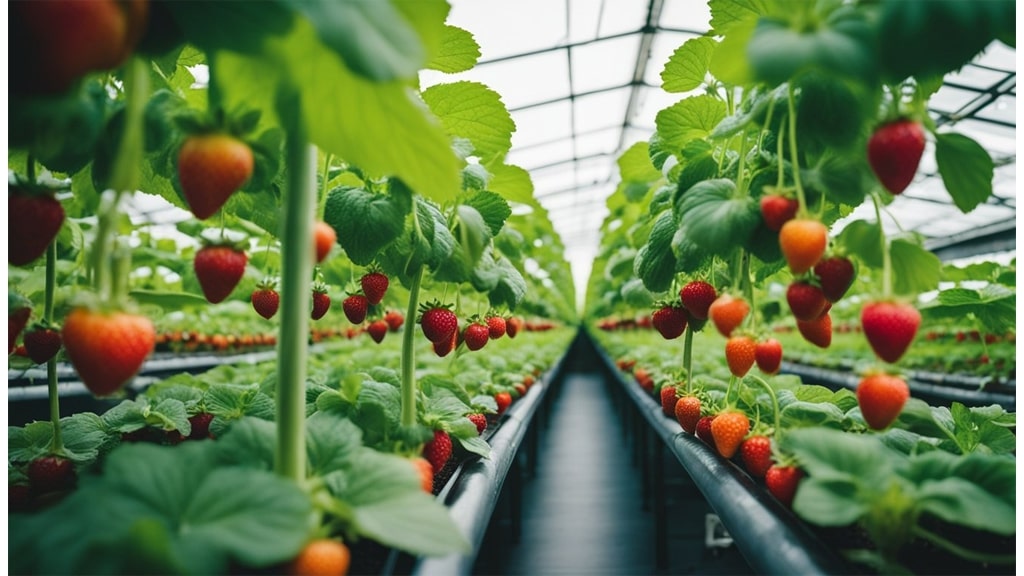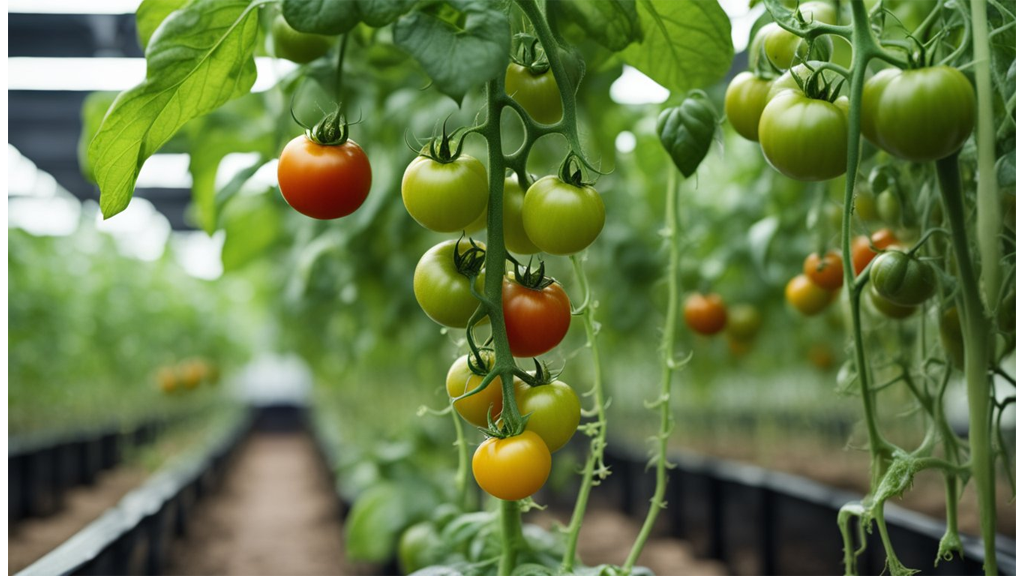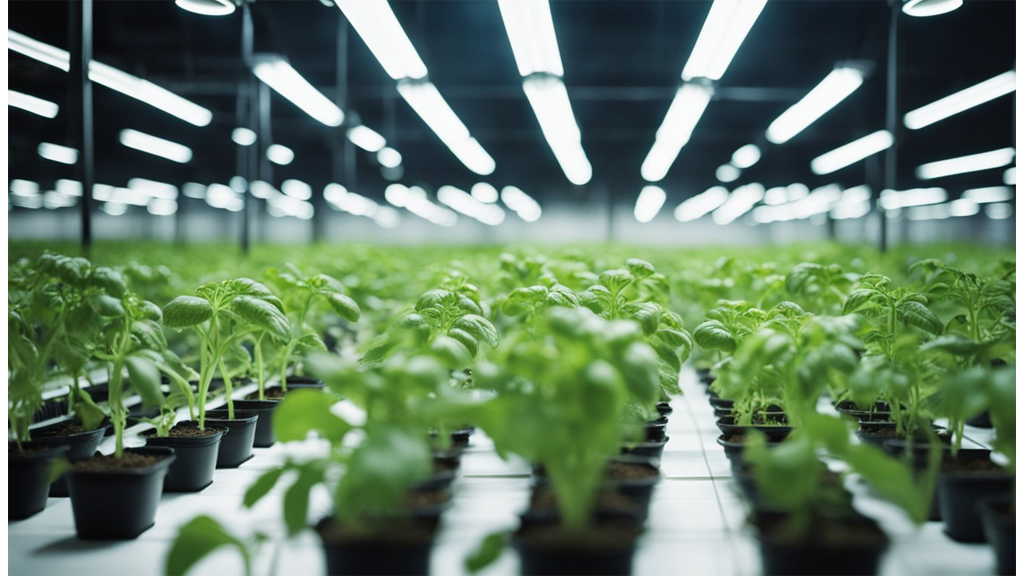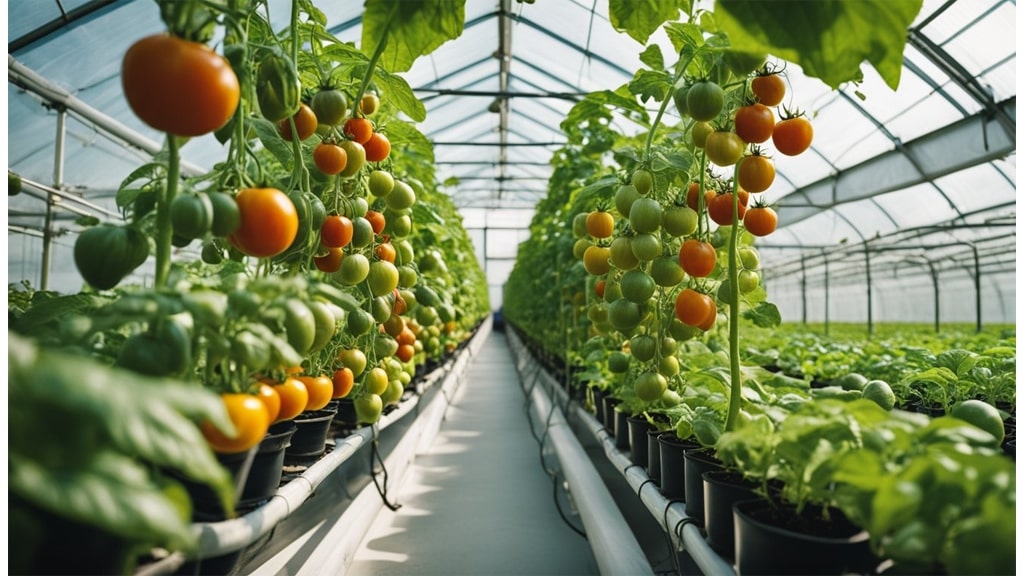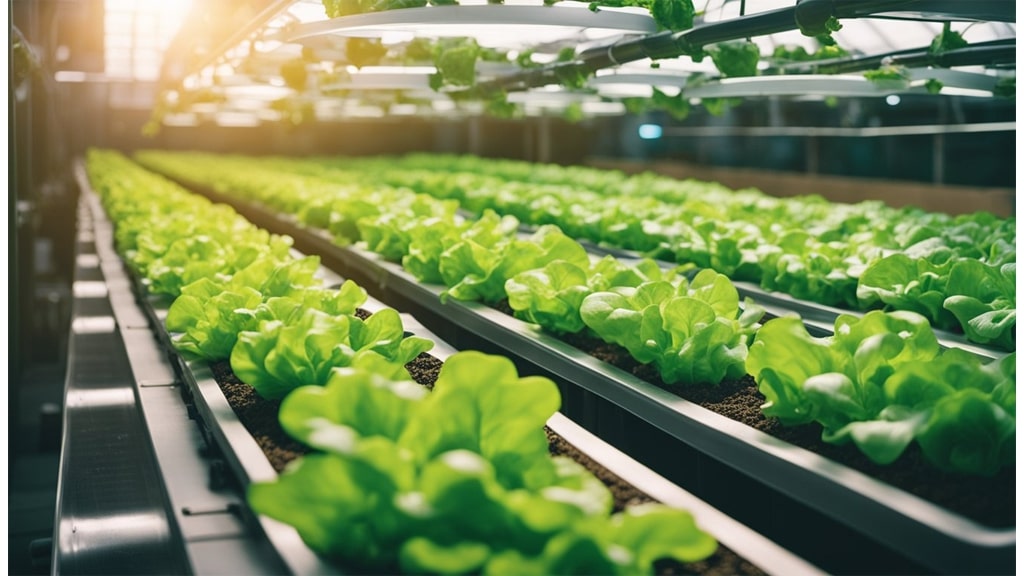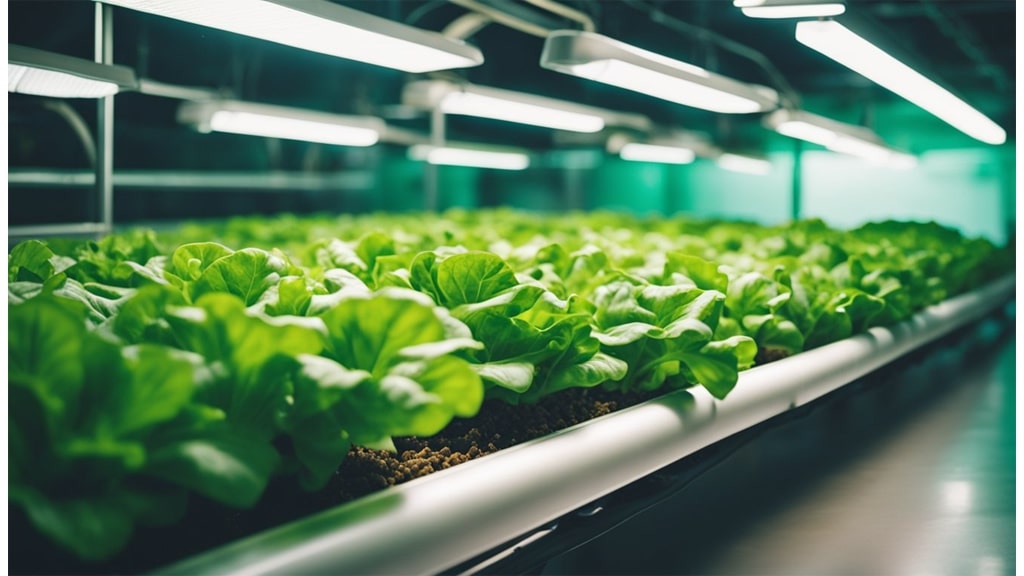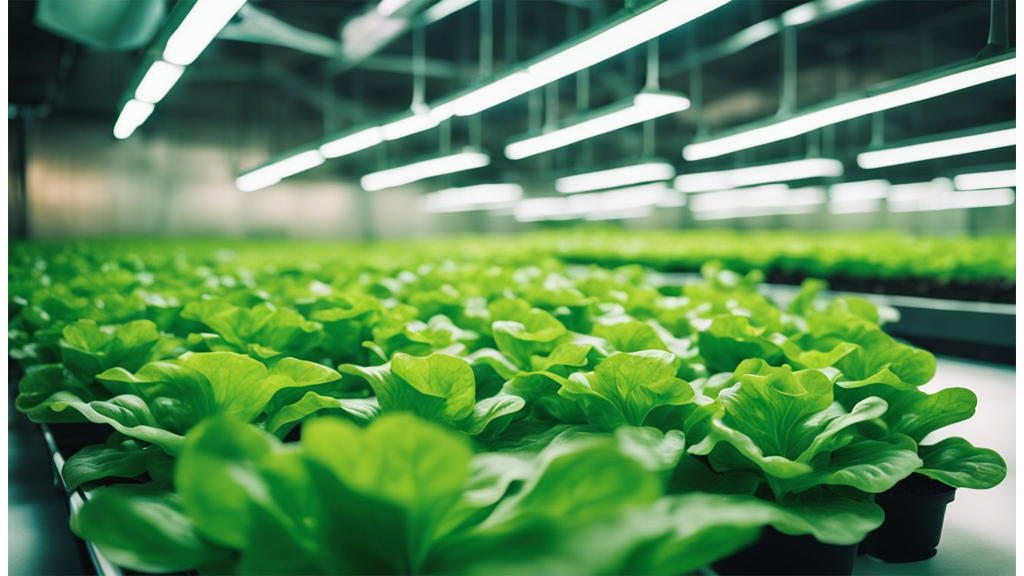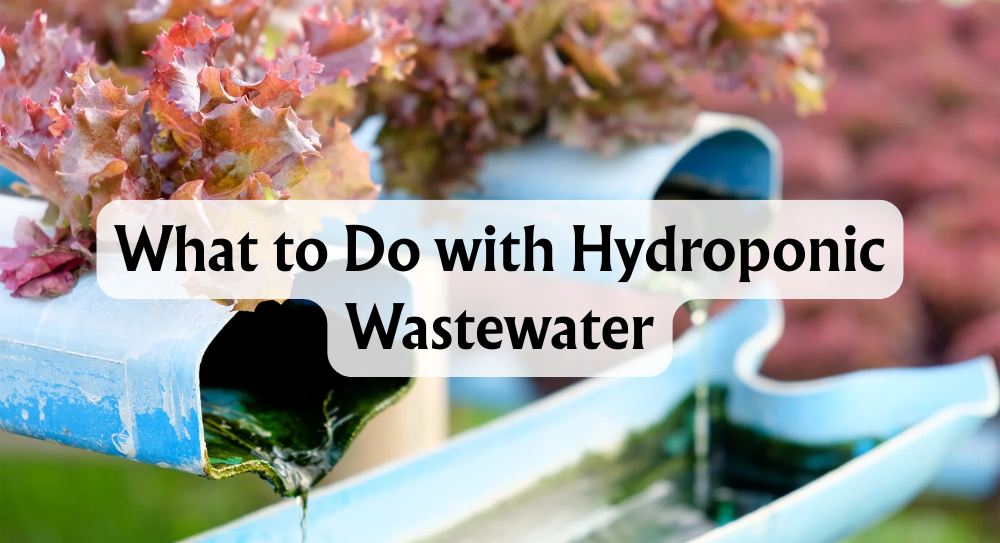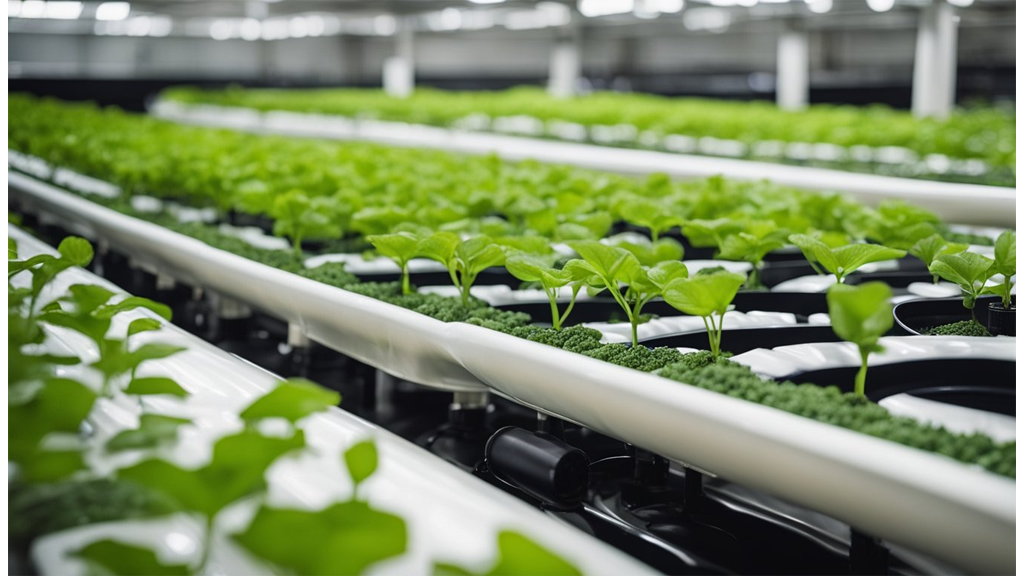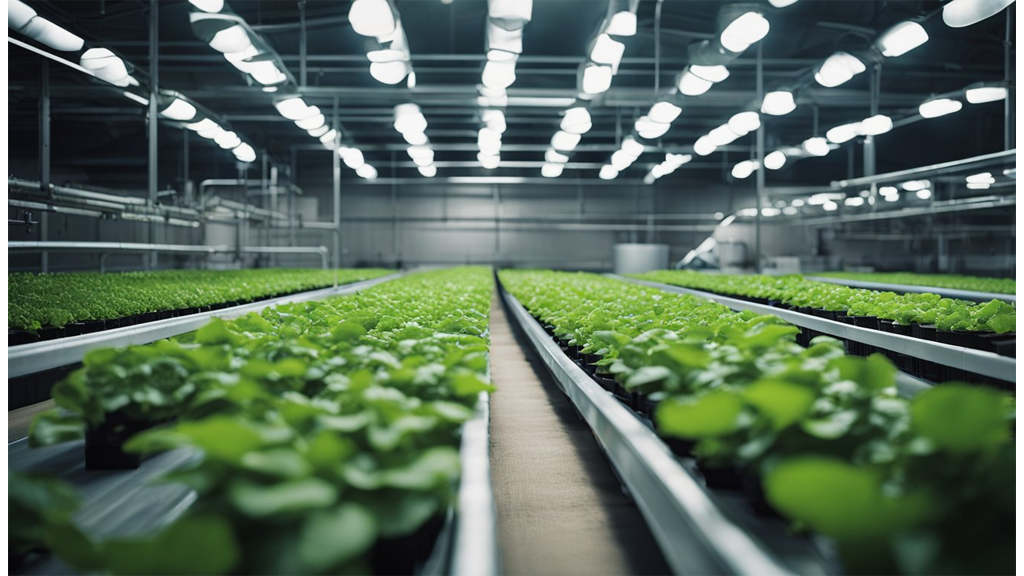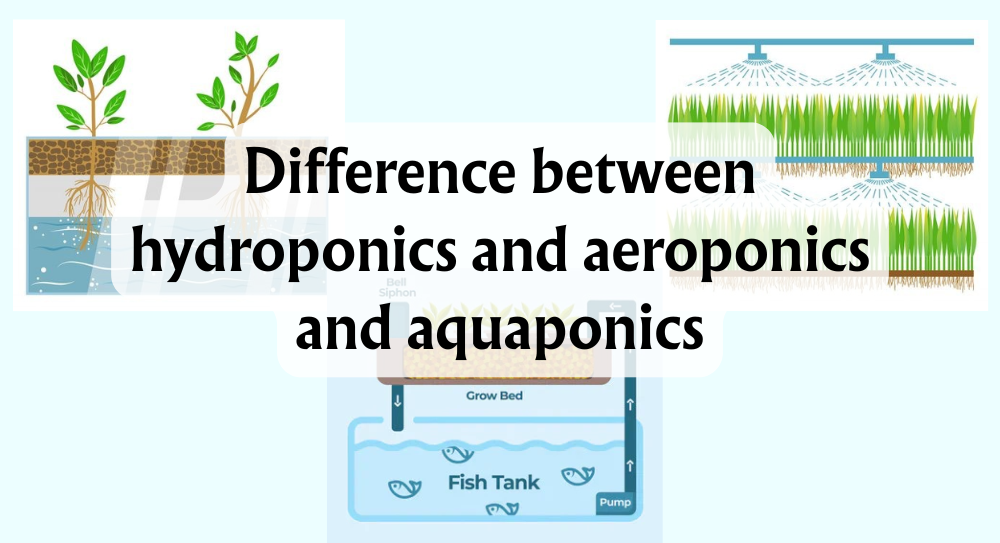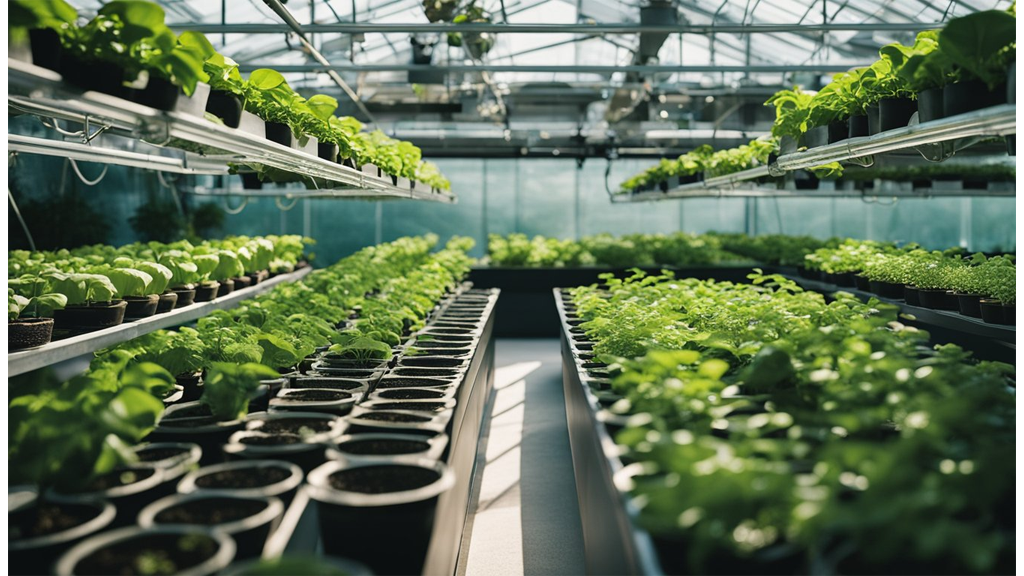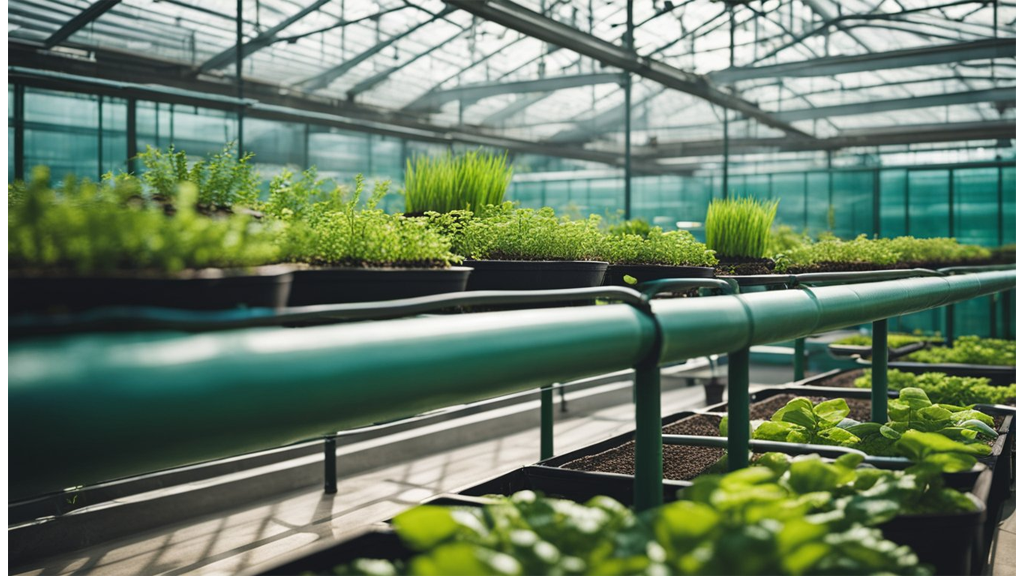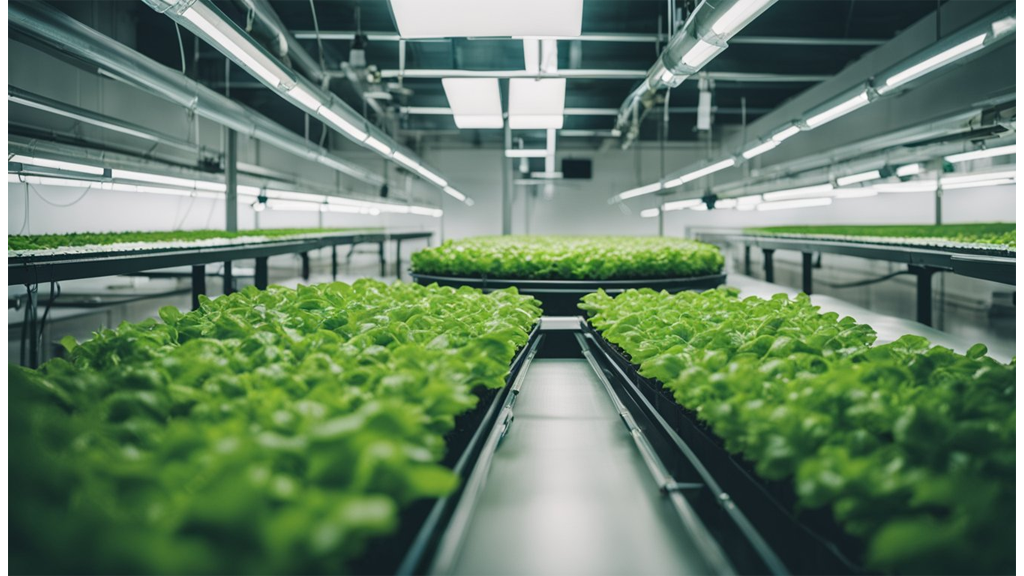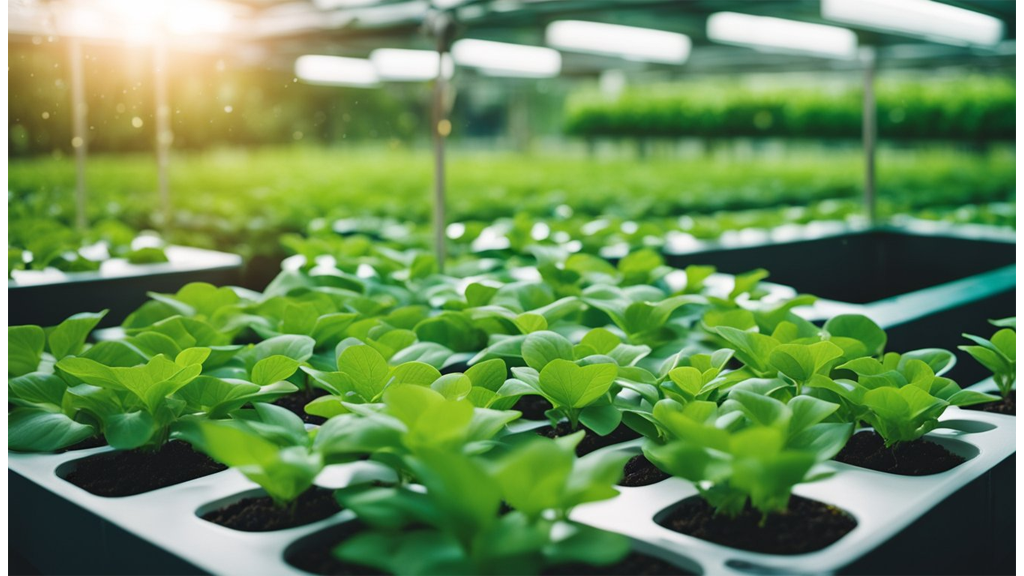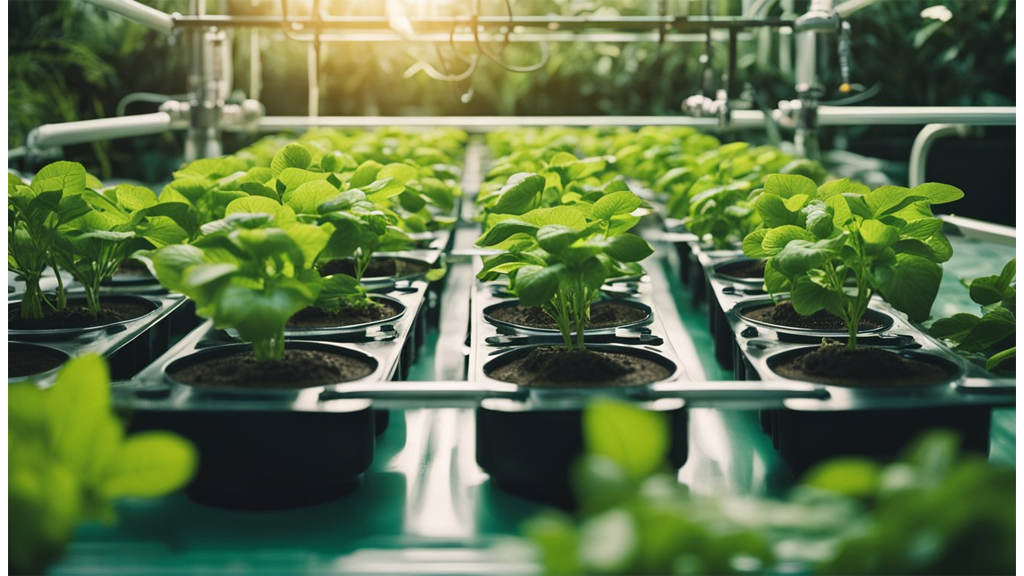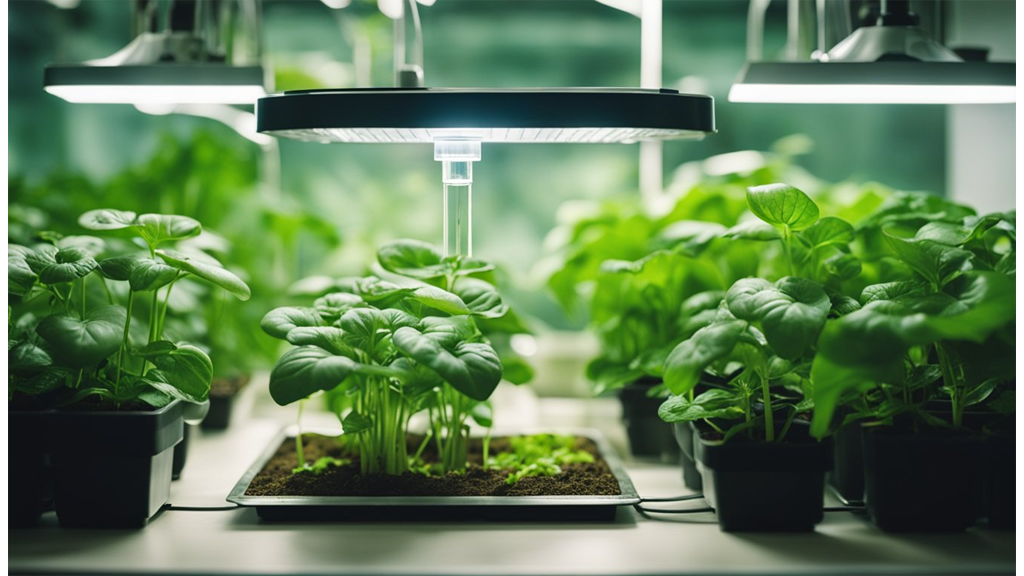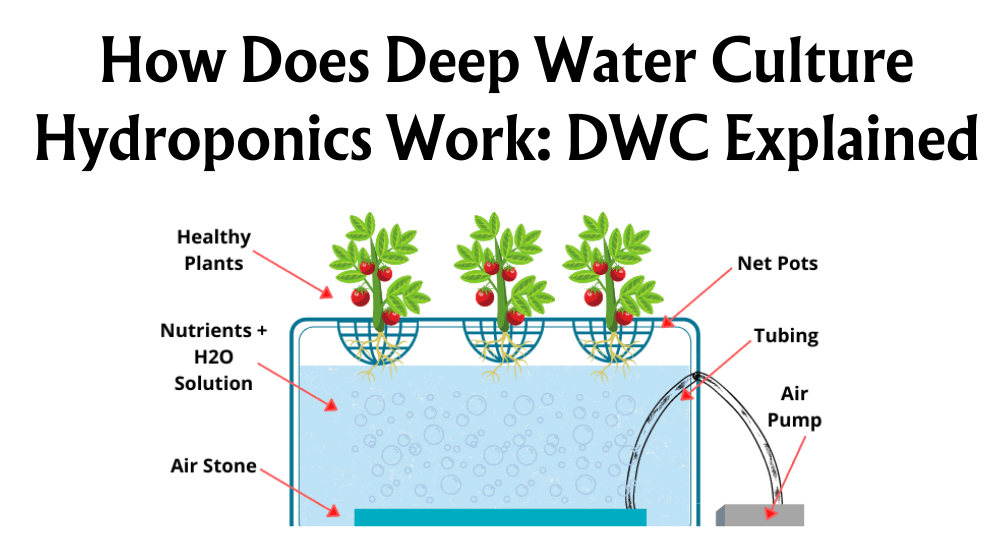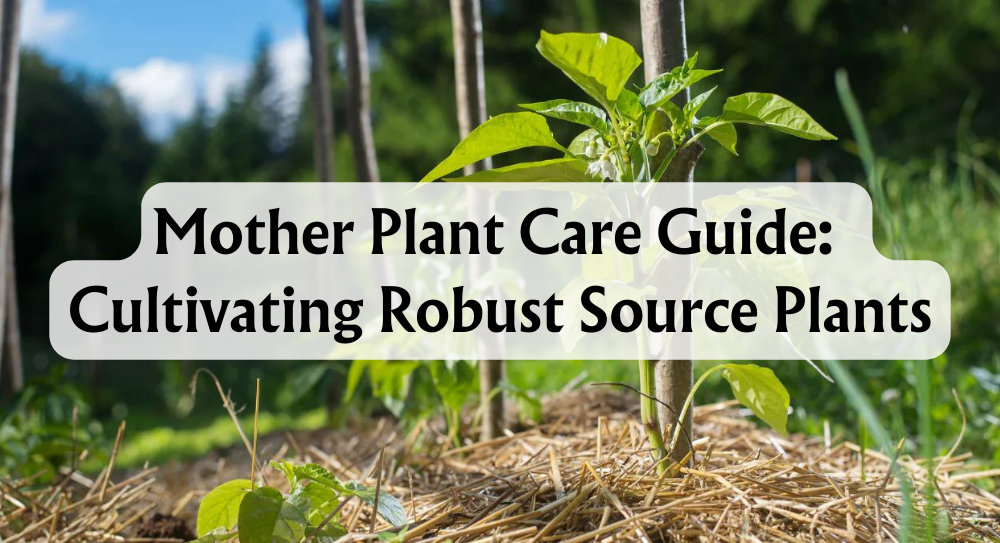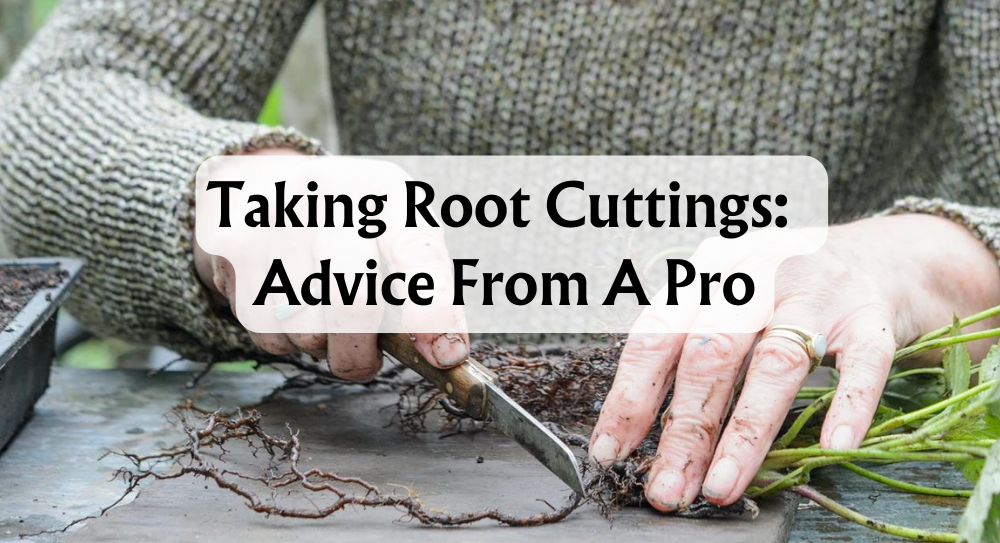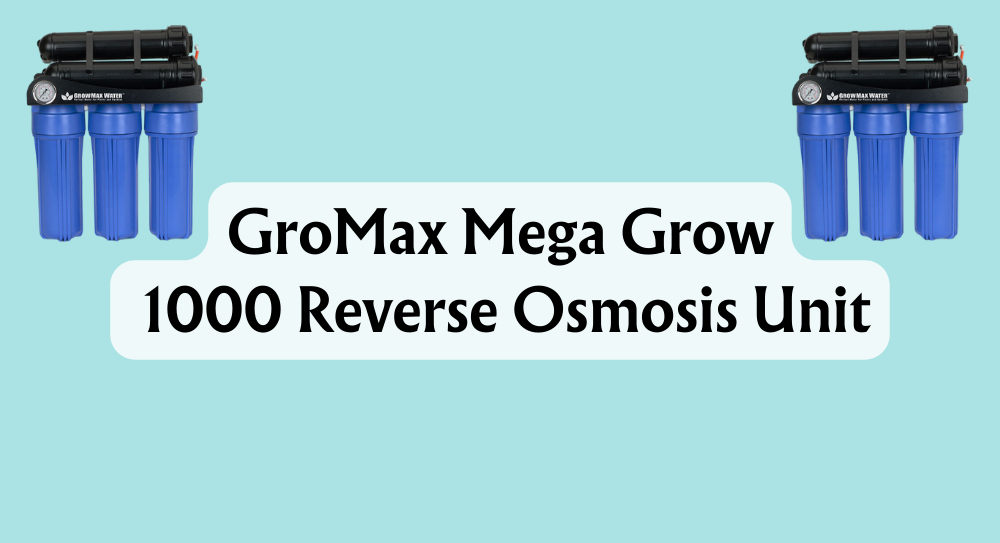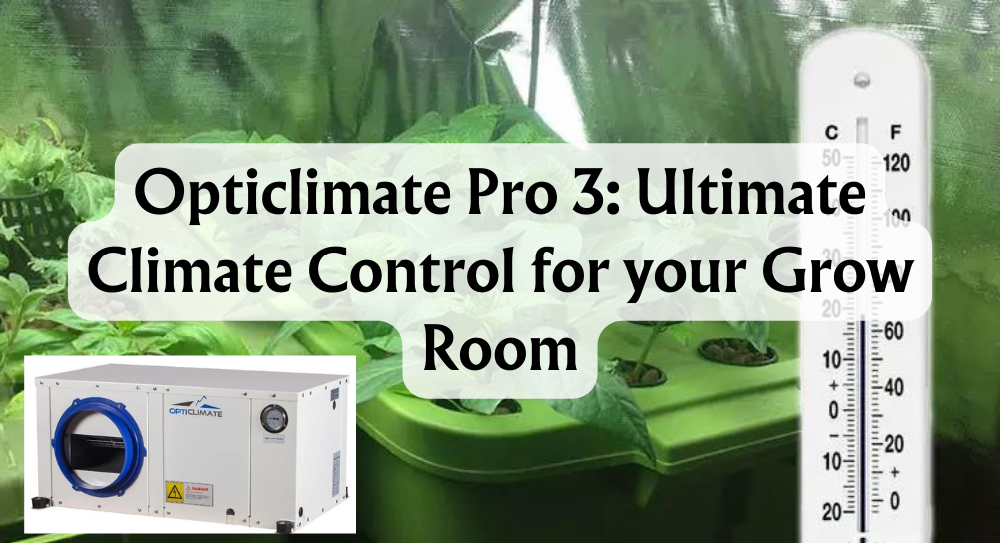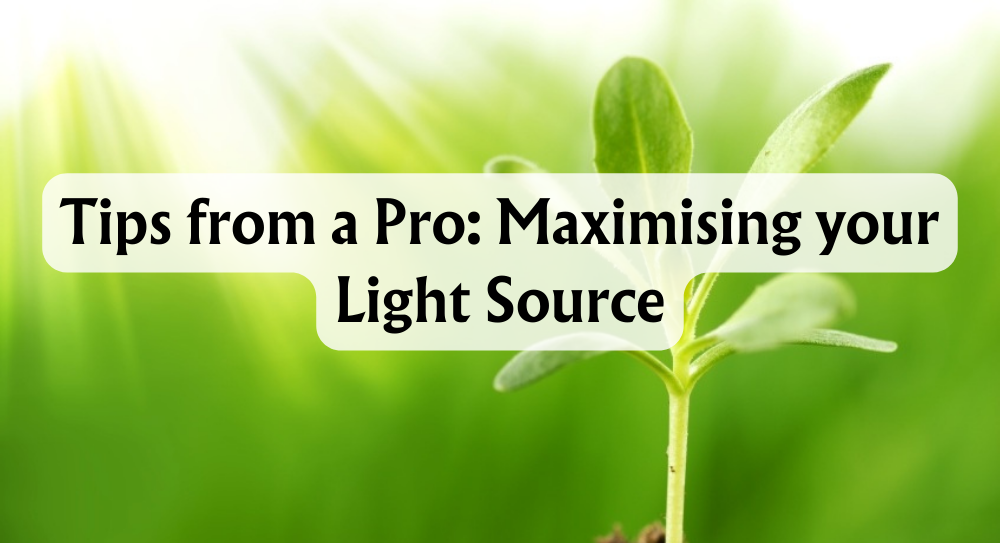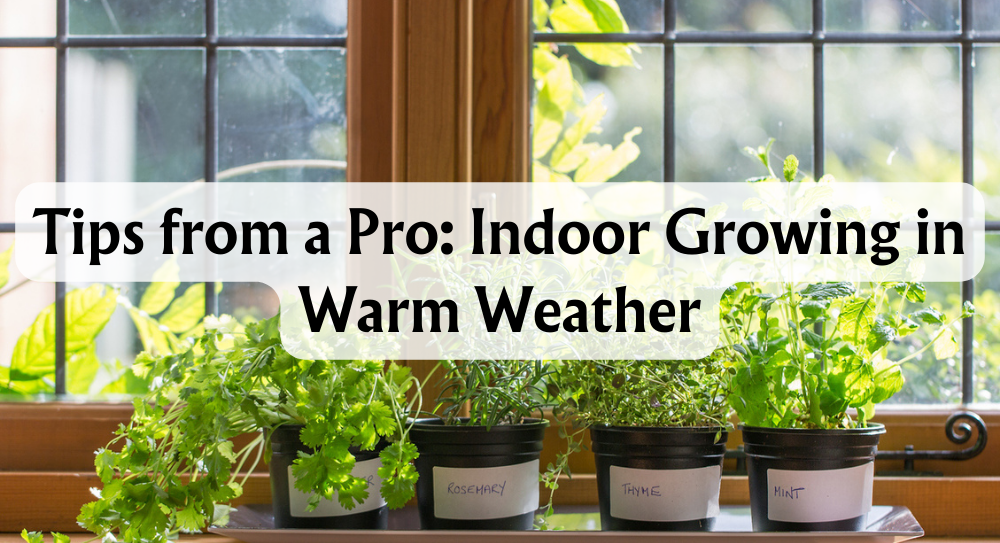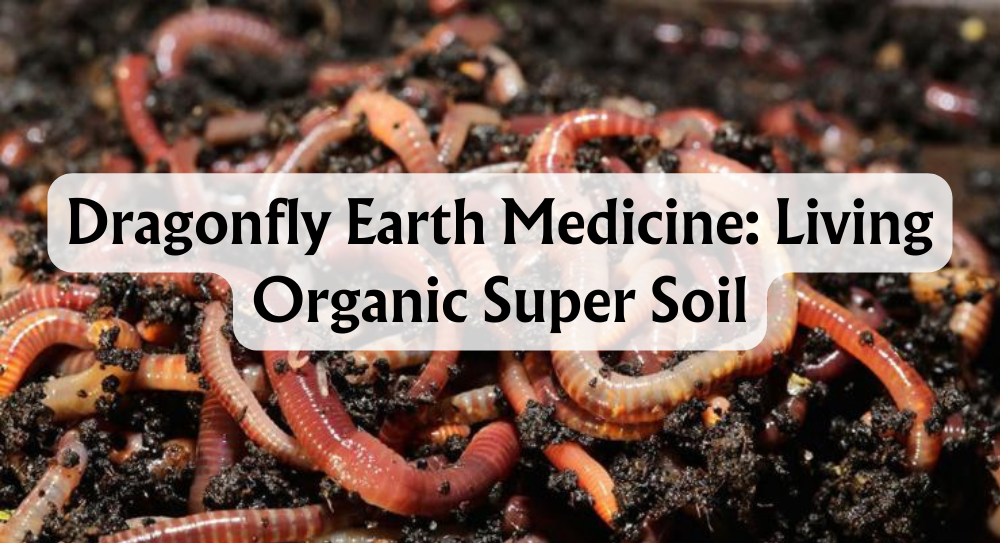Can Hydroponics Be Used In Space
- By Sapphira Kyriacou
- 18 Jun 2025
Imagine harvesting crisp, fresh lettuce while orbiting hundreds of kilometres above Earth. This isn’t science fiction—hydroponics has let astronauts on the International Space Station (ISS) enjoy freshly grown vegetables since 2013 using advanced systems like Veggie. Yes, hydroponics can be—and is—used successfully in space to cultivate certain plants without soil.
As gardeners and growers, we may take soil and gravity for granted, but space changes everything. Managing water, nutrients, and light in microgravity presents unique challenges, yet hydroponics has opened new possibilities for space horticulture and future food production beyond our planet.
Key Takeaways
- Hydroponics enables the growth of fresh vegetables in space without soil.
- Systems like Veggie have proven that plant water management works in microgravity.
- Exploring hydroponics in space informs future directions for innovative plant cultivation.
Can Hydroponics Be Used In Space
Yes, we can use hydroponics in space. Hydroponic farming allows us to grow plants without soil by using a nutrient-rich water solution. This method is especially practical for space missions, as space is often very limited and traditional gardening is not possible.
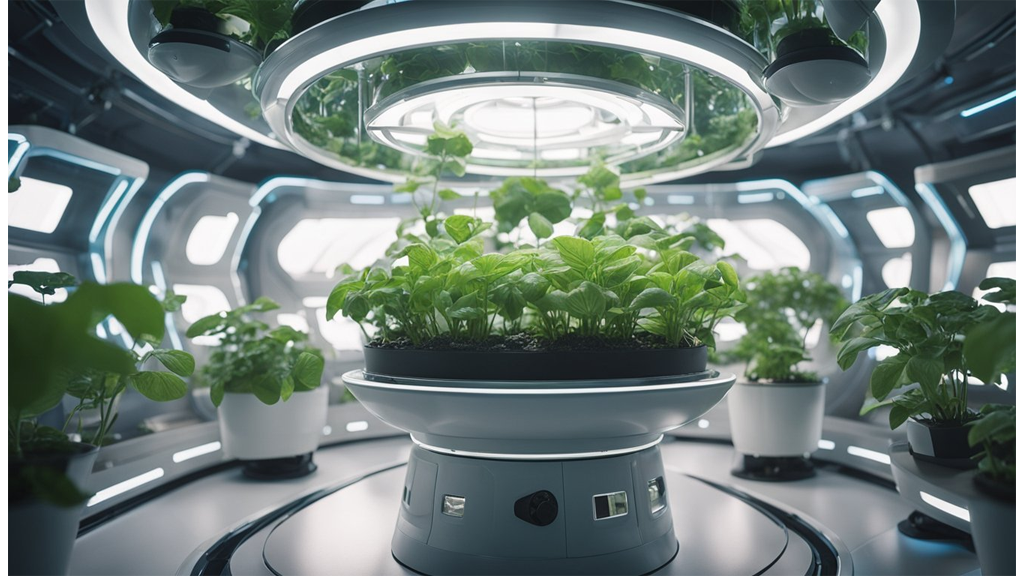
On the International Space Station (ISS), astronauts have already tested hydroponic gardening. In particular, NASA's Veggie system, introduced in 2013, has shown that lettuce and a few other plants can grow successfully under controlled light and water.
Here’s a quick look at why hydroponics works well in space:
- Efficient space use: Hydroponic setups can be stacked or arranged vertically.
- Resource efficiency: Uses less water than soil-based farming.
- Less reliance on Earth: Reduces the need for resupply missions.
- Clean food production: No soil means fewer problems with pests.
NASA is also working on bioregenerative life-support systems. With these, plants help recycle waste, produce food, generate oxygen, and remove carbon dioxide—all vital on long-duration missions.
A table makes it clear how hydroponics benefits astronauts:
| Feature | Advantage for Space |
|---|---|
| No soil required | Lightweight, cleaner |
| Compact design | Saves space |
| Water efficient | Less resupply needed |
| Fast plant growth | More frequent harvests |
Astronauts on the ISS have already enjoyed fresh greens grown onboard. As we look to future missions, hydroponics could become a core part of how we provide food, recycle air, and sustain life far from our home planet.
PWM (Plant Water Management) Experiments
When we think about plants in water, watering them in space becomes a real challenge. On Earth, gravity helps water flow down to the roots. In microgravity, water simply floats, making traditional plant care impossible.
That’s where Plant Water Management (PWM) experiments come in. NASA has tested PWM on the International Space Station, using two main approaches: soil and hydroponics. For hydroponics, we’re looking at growing plants directly in water, without soil.
To control water delivery in space, PWM uses capillary fluidics systems. These systems move water along small channels, using surface tension instead of gravity. This ensures water reaches the plant’s roots efficiently, even in zero gravity.
We’ve also seen the use of porous clay substrates, sometimes combined with controlled-release fertilisers. This setup holds moisture close to the roots, providing a steady supply of water and nutrients.
Key Techniques Used in PWM Experiments:
- Capillary fluidics for water movement
- Porous clay substrates
- Controlled-release fertilisers
Here’s a quick comparison between traditional watering and PWM hydroponics:
| Feature | Earth (Gravity) | Space (PWM Hydroponics) |
|---|---|---|
| Water Flow | Gravity-driven | Capillary action |
| Substrate | Soil/Compost | Porous clay/water culture |
| Nutrient Delivery | Traditional | Controlled-release systems |
PWM hydroponics have shown that we can hydrate plant roots and deliver nutrients even without gravity. Early ISS experiments proved plants can thrive using these innovative methods, opening new possibilities for future space missions.
Veggie (Vegetable Production System)
Veggie is NASA’s first fresh-food production system on the International Space Station. We use it to explore how plants react in microgravity and provide astronauts with vital fresh food options like lettuce, beans, and herbs.
Key components of the Veggie system include:
- LED Lighting: Special LEDs help us control light colour and intensity for optimal plant growth.
- Plant Pillows: These are small containers with seeds and nutrients. They keep plants stable and provide water and fertiliser directly to the roots.
We began by growing red romaine lettuce, which astronauts tasted for the first time in 2015. It was a milestone that showed fresh food can be safely grown and eaten in space.
Here’s a quick look at some crops we’ve successfully grown in Veggie:
| Crop | Status | Notes |
|---|---|---|
| Red Romaine | Grown | First eaten by astronauts |
| Zinnia Flowers | Grown | First flower cultivated in space |
| Lettuce | Grown | Multiple varieties tested |
| Beans | Tested | Ongoing experiments |
| Herbs | Tested | Basil and mustard greens |
We’ve also trialled crops like tomatoes and sweet potatoes in similar space-based hydroponics systems. Potatoes are another promising candidate for future missions due to their nutritional value and versatility.
As we study plant growth, fresh food becomes a real part of our space diet. Veggie is transforming our understanding of hydroponics beyond Earth.
Factors Of Space Growing
Hydroponic gardening in space involves several unique challenges and adjustments. We must balance water distribution, manage plant growth cycles, guide root development, and ensure clean air for astronauts, whether we're orbiting Earth or preparing to grow food on Mars.
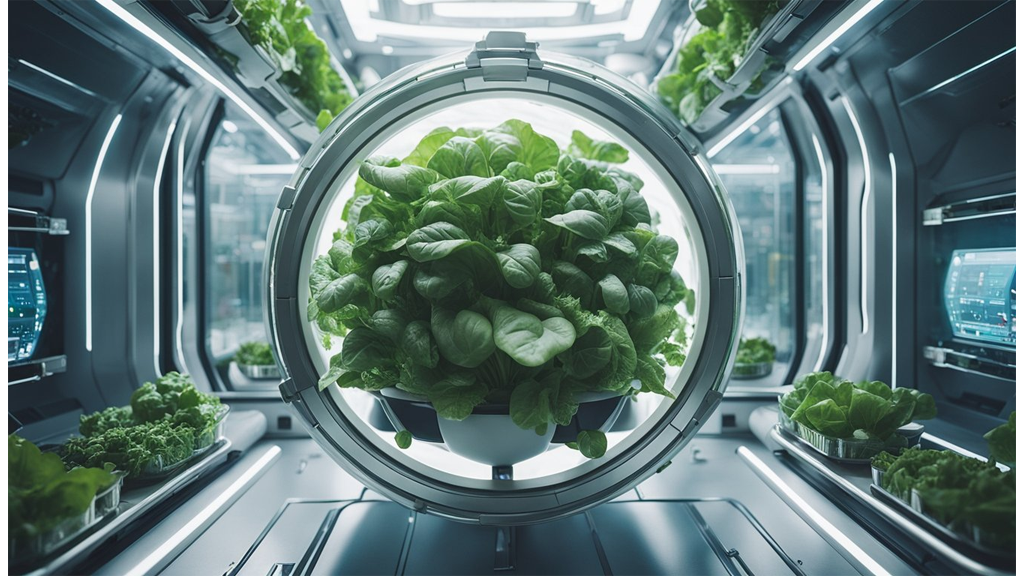
Space Plants Need More Water
In microgravity, water acts differently than on Earth. Instead of trickling down through soil or growth media, it tends to form globules that float or stick to surfaces. This disrupts the way plant roots usually absorb moisture.
To address this, we use hydroponic systems that carefully direct water and nutrients straight to the roots. NASA and other agencies use capillary action and enclosed growth modules to ensure each plant receives enough hydration. Without gravity, every drop must be precisely controlled.
Table: Water Distribution Solutions in Space Hydroponics
| Challenge | Solution |
|---|---|
| Irregular water spread | Capillary root modules |
| Water floating in microgravity | Enclosed irrigation systems |
| Nutrient delivery | Measured, automated hydroponic feeds |
On Mars, these systems could be even more critical, given limited water supplies and the need for reliability in closed habitats.
Faster Harvests Anywhere
We’ve noticed that plants grown hydroponically in space can have faster growth cycles. In some experiments, leafy greens and microgreens matured more quickly than their Earth-grown counterparts. This is especially promising for long journeys and missions to Mars, where resupply is not feasible.
Rapid plant growth lets us produce fresh food at a quicker rate, supporting crew nutrition and wellbeing. Mathematically, some crops like lettuce were harvested in just a few weeks in space, compared to slightly longer durations on Earth. This speed can be vital for maintaining morale and a steady diet.
Key advantages of faster harvests:
- More frequent crop cycles
- Reduced storage needs for pre-packed food
- Continuous supply of vitamins and minerals
Taming The Roots Of Space Plants
Roots behave unpredictably without the pull of gravity. Instead of growing downward, they can spread randomly, making it challenging for plants to access nutrients efficiently. We solve this by using structured growth mediums, such as porous foam or polymer mats, that channel root development.
These physical guides help roots anchor, absorb nutrients, and grow into shapes that promote stable plant health. This principle was seen not only in space stations but was also highlighted in popular culture, such as in The Martian, where guided root growth was crucial for growing potatoes on Mars.
Key challenges and solutions include:
- Challenge: Roots float or curl aimlessly
- Approach: 3D-printed mesh or foam to direct growth
- Effect: Reliable nutrient and water uptake for every plant
Home And Lunar Air Filtration
Plants in hydroponic systems do more than provide food—they also help filter the air. By taking in carbon dioxide and releasing oxygen, our crops act as natural air purifiers. This function was vital aboard the International Space Station, and will be even more so on future lunar bases or while growing food on Mars.
Beyond oxygen production, plants can help remove volatile organic compounds (VOCs) and contribute to stable humidity levels. This is crucial in closed habitats, where air quality must be carefully managed.
Benefits for crew habitats:
- Consistent oxygen levels
- CO₂ removal
- Supplementary air filtration (e.g., VOCs)
In summary, having living plants in our space environment provides both practical and health-related benefits, making hydroponics key to future deep-space missions.
Challenges Of Plant Watering
Watering plants in space isn’t as simple as it is on Earth. In microgravity, water doesn’t flow downwards—it floats and forms droplets. This makes traditional watering with a can or hose ineffective.

Key challenges include:
- Water distribution becomes unpredictable, clinging to surfaces or floating away.
- Roots may not get equal access to water, leading to stress or growth issues.
- Oxygen often doesn’t reach roots easily, which can stunt plant development.
Let’s look at some numbers. Most garden kits on Earth rely on gravity to guide water. In space, though, we need creative solutions like hydroponics and aeroponics. Yet, even these systems run into problems, such as mass, containment, maintenance, and sanitation concerns.
| Challenge | Why it matters in space |
|---|---|
| Unpredictable water flow | Roots may dry or rot |
| Oxygen deprivation | Slower plant growth |
| System maintenance | More crew time needed |
To overcome these hurdles, we’ve seen some clever innovations. For example, omni-gravitational hydroponic systems use design features that work in any gravity. We also use capillary action—taking advantage of water’s natural ability to move through narrow spaces—to guide water to roots.
Specialised materials like felt, foam, or sponges can hold water near the roots. This mimics soil’s properties and helps distribute moisture evenly. Such materials are staples in experimental garden kits aboard space stations.
By focusing on controlled watering, we give our plants the best shot at thriving outside Earth’s gravity. This is an ongoing challenge, but it’s one we continue to tackle with every new experiment and system we test in orbit.
Advantages Of Hydroponics In Space
When we think about growing food in space, hydroponic systems stand out for several reasons. They allow us to grow plants without soil, which is ideal in a weightless environment.
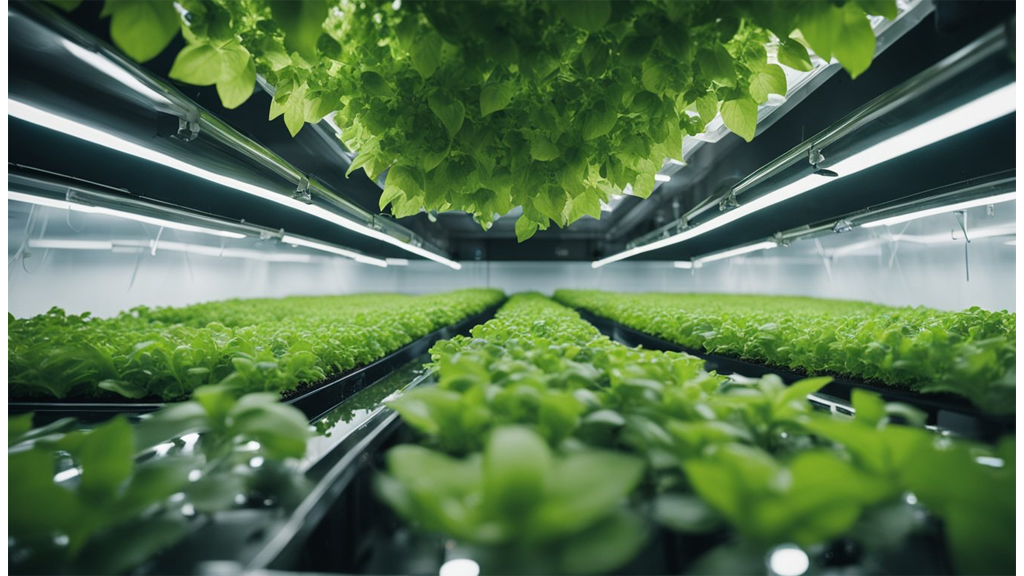
One major benefit is resource efficiency. With hydroponics, we can use up to 90% less water compared to traditional agriculture. Water is recirculated in the system, making every drop count aboard a spacecraft or in space greenhouses.
Limited space is a big challenge in orbit, but hydroponic set-ups enable vertical farming. By stacking layers, we maximise available area for food production, turning small modules into high-yield controlled environments.
Hydroponics also supports sustainability. Continuous harvests mean fresh produce year-round, reducing our reliance on supply missions from Earth. This is crucial for longer missions or potential habitats on the Moon or Mars.
Let’s look at some key benefits at a glance:
| Feature | Benefit |
|---|---|
| No soil needed | Suits microgravity and keeps cabins clean |
| Water conservation | Up to 90% less water required |
| Space-saving design | Vertical farming in tight quarters |
| Controlled environments | Optimal conditions for plant growth |
| Steady food production | Fresh vegetables for crews |
Using hydroponic systems, we can create adaptable plant habitats in space. These controlled environments help keep plants healthy, producing bigger yields compared to some soil-based methods.
By making efficient use of space and resources, hydroponics moves us closer to self-sufficient living beyond our planet.
Importance Of Understanding Plant Growth In Microgravity
When we study how plants grow in microgravity, we unlock new knowledge about plant biology that isn't possible on Earth. Microgravity changes how roots, stems, and leaves behave, affecting water and nutrient uptake. This gives us clues about plant adaptability and helps us design better systems for space travel.
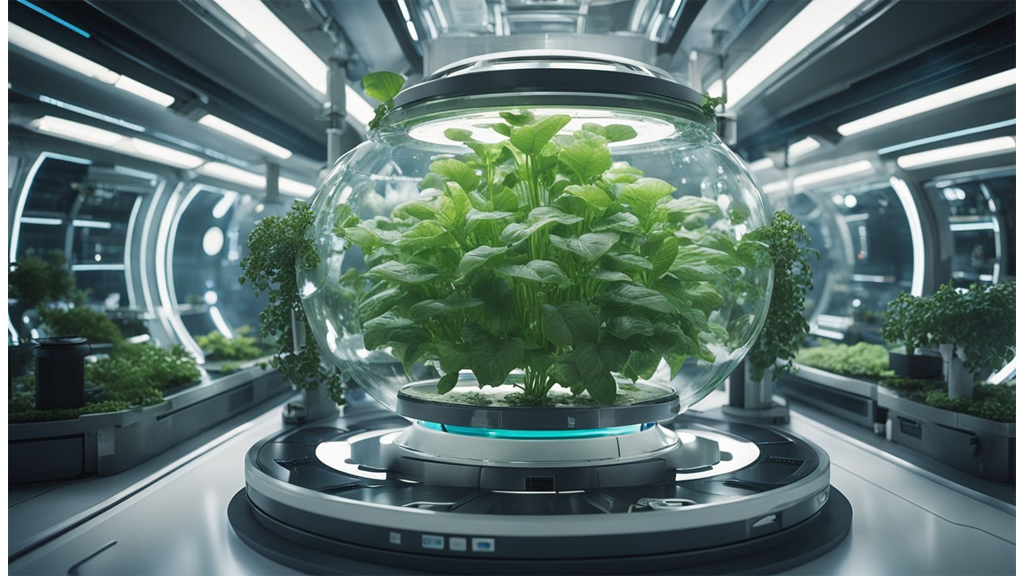
Learning about plant growth in these unique environments is crucial for space exploration. As we plan for longer missions to the Moon, Mars, and beyond, astronauts will need to grow their own food. Without gravity, water doesn't distribute in soil the same way, so we must rethink traditional cultivation.
Some key areas we consider include:
- Light quality and quantity: Both are different in space and play essential roles in photosynthesis.
- Root development: Roots don't "know" which way is down, so they spread differently.
- Water and nutrient access: Microgravity prevents normal flow, requiring special hydroponic setups.
According to researchers like Gene Giacomelli, hydroponics could offer solutions for producing reliable food in orbit. Hydroponic and aeroponic systems help control the growth environment, making them promising for closed habitats.
Here's a simple table showing the main differences:
| Growth Factor | On Earth | In Microgravity |
|---|---|---|
| Gravity | Present | Absent |
| Water movement | Down by gravity | Floating, needs management |
| Root direction | Grows downward | Grows in all directions |
By understanding these changes, we can not only support future astronauts but also discover methods that improve sustainable agriculture back home.
Conclusion
Hydroponics offers us a practical way to grow plants in space where traditional soil isn’t an option. By using solutions like hydrogels and nutrient-rich water, we can support plant growth even without gravity.
This method helps us overcome unique challenges in space, such as limited space, water management, and the need for efficient resource use. NASA’s experiments show that hydroponic techniques work well, even onboard spacecraft or the International Space Station.
Let’s highlight some key points:
- No soil required: Plants can grow in nutrient solutions.
- Space-saving: Hydroponic setups take up less room than soil gardens.
- Healthier plants: Studies report larger, healthier plants in space hydroponics.
| Hydroponics Benefits | Space Impact |
|---|---|
| Efficient nutrient delivery | Thrives in microgravity |
| Less water needed | Easier water recycling |
| Faster plant growth | Supports long missions |
With ongoing research and new technology, we can expect hydroponics to play a greater role, not only in supporting long-term missions but also in improving food security on Earth.
As we look to the future, hydroponics stands out as a key strategy, paving the way for sustainable space agriculture and innovative solutions here on our planet.







 Store Locator
Store Locator
